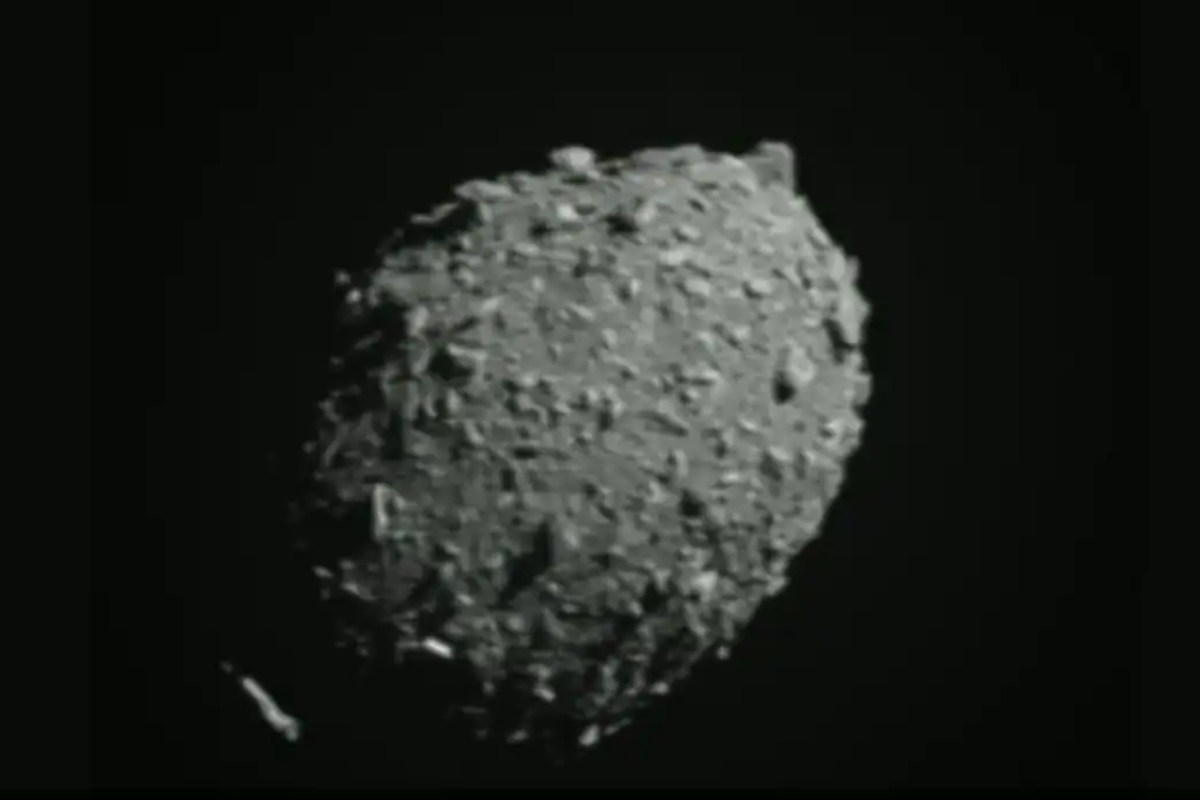- NASA’s DART spacecraft collided with asteroid Dimorphos last year.
- The collision caused boulders to be dislodged from Dimorphos.
- These boulders are drifting away from Dimorphos at a leisurely rate.
Last year, NASA’s DART spacecraft deliberately collided with the distant asteroid Dimorphos, altering its orbit around the larger asteroid Didymos.
Recent images from the Hubble Space Telescope reveal the aftermath of the impact in stunning detail.
The collision caused numerous boulders, ranging from one to seven meters in size, to be dislodged from Dimorphos and sent drifting into space.
These boulders make up about two percent of the ones that were originally scattered on the asteroid’s surface, according to a NASA press release.
While this discovery has implications for potential future asteroid diversion missions to protect Earth, there is no need for concern as these particular rocks do not pose a threat to our planet.
Their movement is slow, with a speed of about one kilometer per hour, similar to the pace of a giant tortoise.
The Hubble statement indicates that these boulders are drifting away from Dimorphos at such a leisurely rate that the European Space Agency’s Hera mission, scheduled to inspect the asteroid’s damage in late 2026, will have the opportunity to examine them closely.
“It’s like a very slowly expanding swarm of bees,” he said.
The “spectacular observation” by Hubble “tells us for the first time what happens when you hit an asteroid and see material coming out,” he added.
“The boulders are some of the faintest things ever imaged inside our solar system.”
According to Jewitt, the dispersal of the boulders suggests that DART created a crater of approximately 50 meters (160 feet) in width on Dimorphos, which itself has a total diameter of 170 meters.
To further understand the process of how these boulders were propelled off the asteroid’s surface, the scientists intend to track their trajectory continuously.
The findings of this study were published in the Astrophysical Journal Letters.





















